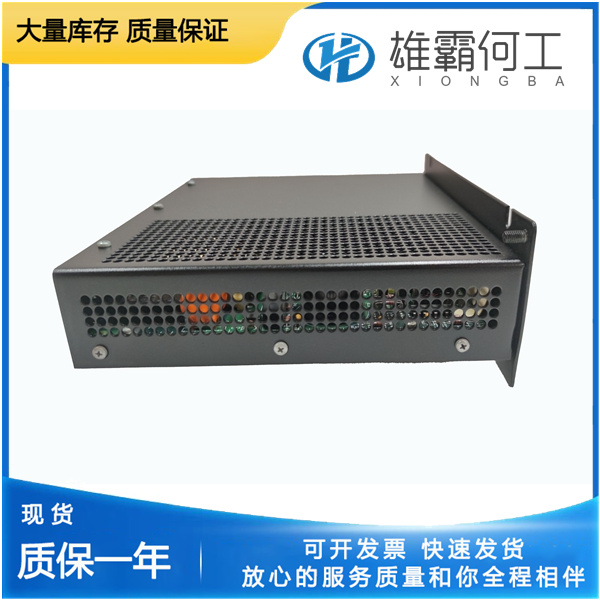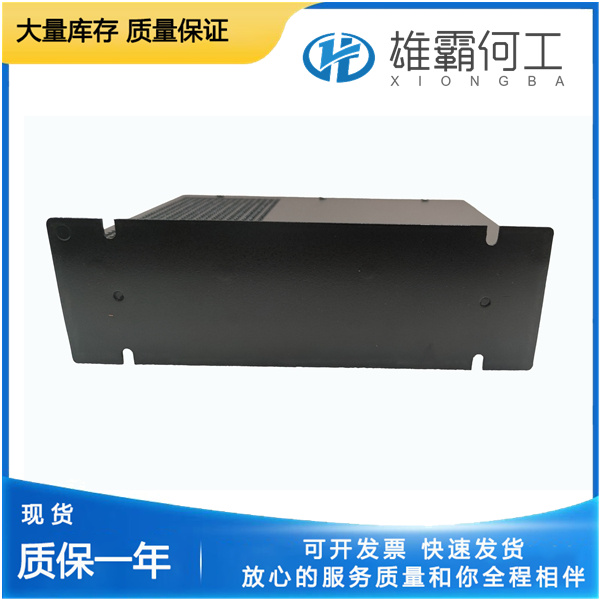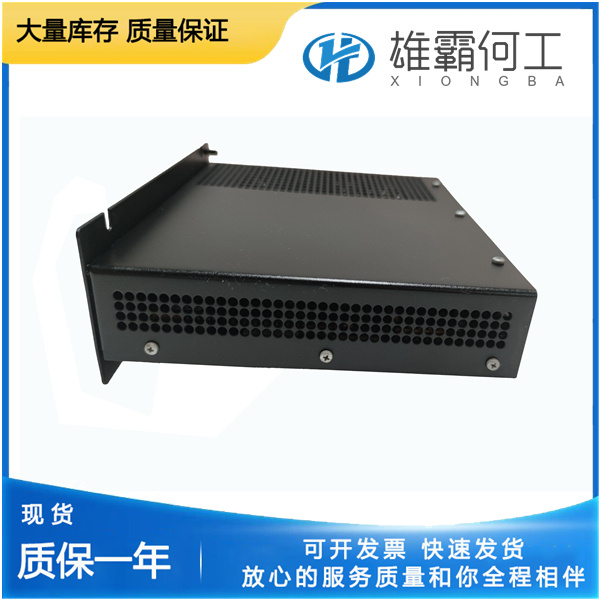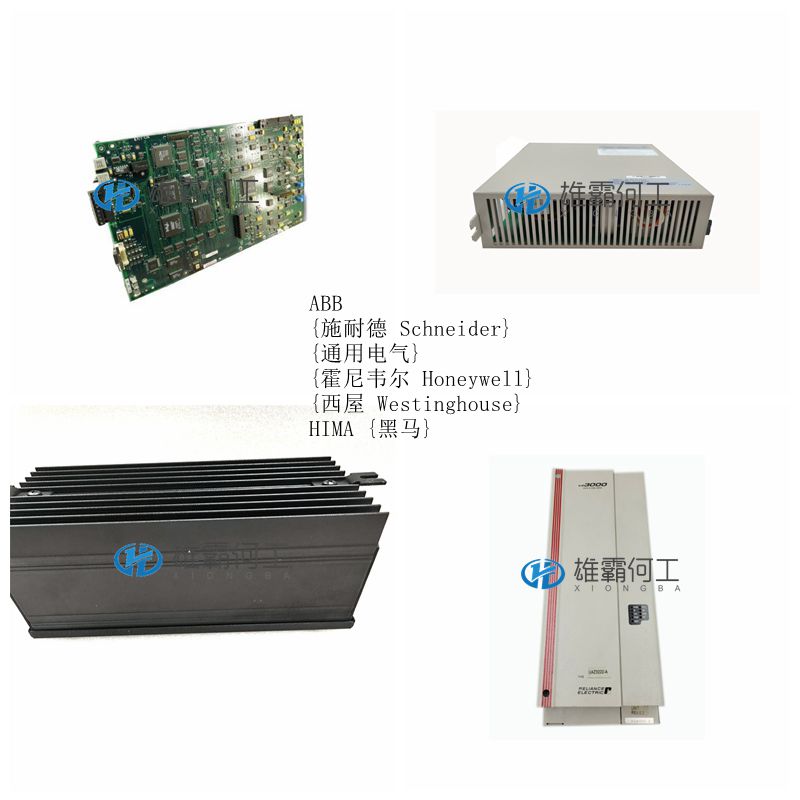RELANCE 0-57411-2C 传动IO板
“易用于外,坚固于芯;速度无限,控制有方;数字互连,信息呈现”的品牌诉求集中体现了科远股份对于DCS产品本质的认识和不懈追求,更可靠,更易用,更先进,严苛精进的要求将成就志向高远的领先产品。
目前,该产品已取得“通用工业控制器”、“基于人工智能的火电厂自动控制系统”等多项专利成果。并通过中国电力联合会组织专家评审,鉴定委员会一致认为:NT6000分散控制系统的各项性能指标,满足大型火电机组控制的应用要求,NT6000分散控制系统在可靠性和易用性方面达到国内外先进水平。

要知道产品是不断发展的,不同的产品之间有竞争,就是要不断的在发挥自己优势的同时学习别人的长处,这就是整合。
SCADA的重点是在监视、控制,可以实现部分逻辑功能,基本用于上位; PLC单纯的实现逻辑功能和控制,不提供人机界面,实现操作需借助与按钮指示灯、HMI以及SCADA系统; DCS兼具二者功能,但是基本上用在比较大的系统中和一些控制要求高的系统中,价格上也要昂贵一些。
三者互相渗透,在一些生产企业会包含3种系统,SCADA作为生产管理级上位监控,DCS实现复杂控制,而西门子PLC实现单机及简单控制。但是随着技术的发展,有一些厂家的PLC也可以实现很复杂精确的控制,渐渐占领了DCS的市场……

You should know that products are constantly evolving and there is competition between different products. It is important to constantly leverage one's own strengths while learning from others, which is called integration.
The focus of SCADA is on monitoring and control, which can achieve some logical functions and is basically used for upper level; PLC only implements logical functions and control, without providing a human-machine interface, and operation requires the use of button indicator lights, HMI, and SCADA system; DCS has both functions, but it is basically used in larger systems and some systems with high control requirements, and the price is also more expensive.
The three permeate each other, and in some production enterprises, there are three systems included. SCADA serves as the upper level monitoring of production management, DCS realizes complex control, and Siemens PLC realizes single machine and simple control. But with the development of technology, some manufacturers' PLCs can also achieve complex and precise control, gradually occupying the market of DCS

One thing to note: Siemens PLC is a type of controller;
DCS is a system architecture consisting of a controller, IO acquisition, network, software, etc;
SCADA system is another concept that presents a system with another application requirement. As the name suggests, it is a distributed data collection and monitoring system. Its origin and application are different from the first two. It is mainly used for data collection, such as power monitoring systems and oil pipeline monitoring systems. Its characteristic is that the control points are scattered, and a system may cover thousands of kilometers in an area [such as the oil and gas pipeline monitoring system in North America]; The communication structure is complex and cannot be compared to general control systems [from fiber optic to wireless and even satellite communication]. Its basic unit is the RTU.

Each product has its own usage scenarios and characteristics, and with the advancement of technology, mutual penetration of industries, and fierce competition. Both PLC and DCS products are developing their own advantages while penetrating into each other.
It should be noted that the logic control function of Siemens PLC is very powerful, while loop control is not worth mentioning. You can take a look at the slightly older model of PLC, while the DCS system is the opposite. This is due to the different internal processing mechanisms of the two systems.
What about now? Old PLC manufacturers are all involved in the field of DCS applications, such as Siemens, whose systems are just controllers with PLC, network, software, and enhanced capabilities. DCS manufacturers such as Honeywell have also integrated PLC into their systems to enhance their logic control functions.
